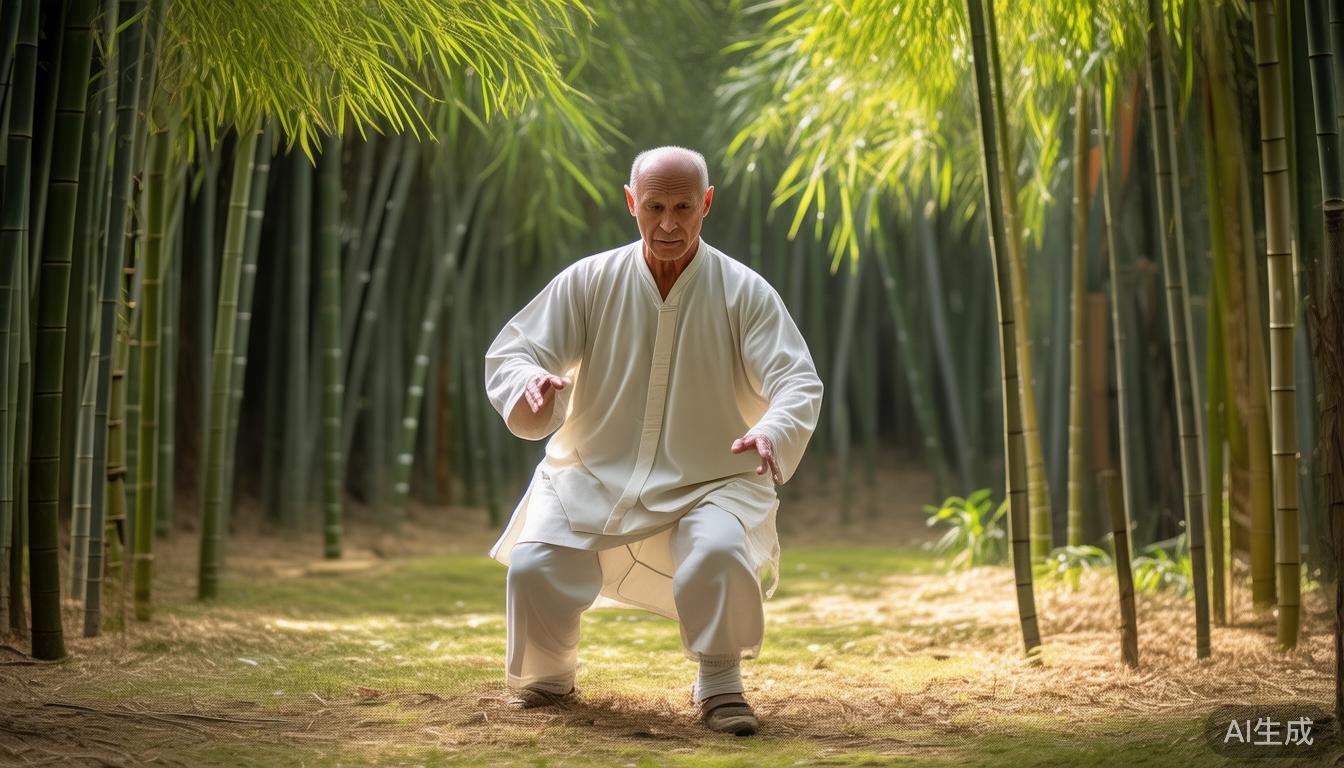Yang style tai chi fan form combines the elegance of traditional Chinese culture, the physical benefits of tai chi, and the unique charm of the fan. It's a captivating Martial arts style worth exploring.
Historical Origins
The roots of the Yang style tai chi fan form trace back to the rich heritage of tai chi. Yang family tai chi has long been a cornerstone in Chinese martial arts. The addition of the fan came as a creative integration, fusing the fluid movements of tai chi with the fanning's swift and precision actions. Over time, it has attracted practicers from all walks of life. "Hey, have you seen the old – times perform the original form?" someone might ask. It truly embodies the essence of Chinese martial arts history.
This long – standing tradition has been passed down through generations. Masters have refined and adjusted the form,ensuring its vitamin. Every time I see a performance Tai Chi Lessons , I feel a strong connection to our ancestors, as if they're guiding us through these moves.
Health Benefits
Practicing Yang style tai chi fan form is a great way to improve your physical well – being. The slow, deliberate movements enhancement flexibility. "I used to have a stiff back, but since I started this, I feel so much better," a fellow practicer once said. It also boosts balance, which is especially important for the elderly. The constant shifting of weight while holding the fan helps in developing core strength.

Mentally, it's a stress – buster. Focusing on the form clears your mind of daily worries. It's like taking a mini – vacation from the hustle of life. You get to pour your energy into each movement, leaving behind the troubles of the world.
Basic Movements
The basic movements in this form are like the building blocks of a grand edific. There are moves where the fan is opened with a swift flick,creating a visual spectacle. The "swallow spreading its wings" is one such move Tai Chi And Diabetes Courses Online , where you open the fan while extending your body gracefully. "How do you make that fan open so smoothly?" a newbie might wonder. It take practice and patience.
Then, there are the rotating movements, where you spin the fan in your hand. These not only look beautiful but also require good hand – eye coordination. Each movement flows into the next, creating a cohesive sequence.
Training Tips
When training, it's important to start slow. Don't rush through the movements. "Take your time with each step," an old master once advised me. Focus on the precision of the fan's opening and closing. Use a mirror to check your posture and the flow of your movements. This helps you correct any flaws early on.

Joining a tai chi group can also be beneficial. You can learn from more experienced members and get instant feedback. Group practice adds a social element, making the learning process more enjoyable.
Cultural Significance
The Yang style tai chi fan form is a cultural gem. It represents the harmony between man and nature, as the fluid movements mimic the natural world. In Chinese culture, the fan is a symbol of refinement. When combined with tai chi,it shows the integration of Martial arts and artistry. Performances of this form at festivals are like cultural ambassadors tai chi fan form yang style , spreading the beauty of Chinese heritage.
It's a form that crosses generations and cultures. Every time I see a young child or a foreigner practicing it, I'm filled with pride. It's as if this ancient form is alive and evolving, carrying forward our cultural legacy.
What do you think is the most challenging part of learning the Yang style tai chi fan form? Please feel free to share your thoughts, leave a comment, and don't forget to like and share this article!




